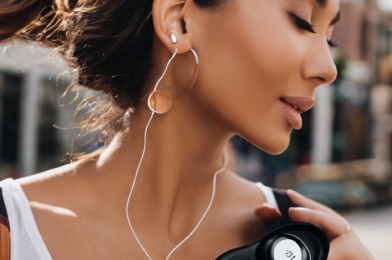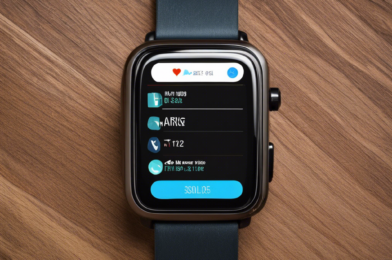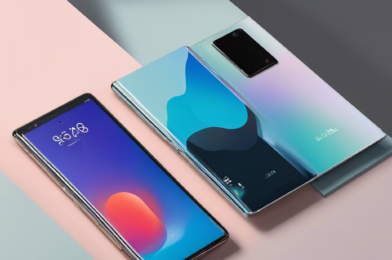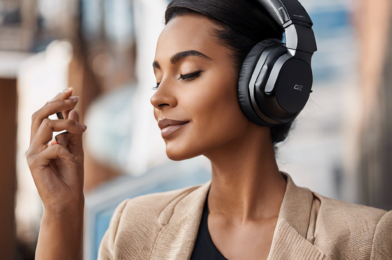Wireless earbuds have become increasingly popular over the last few years. They offer an easy way to listen to music or make calls without dealing with tangled cords. However, wireless earbuds also come with some downsides that are worth considering before you make a purchase.
Wireless earbuds are extremely convenient. You can easily pop them in and out without having to plug them in. They make it simple to listen to music, audiobooks or podcasts while exercising, commuting or doing chores. The lack of cords means you have more freedom of movement without cables bouncing around or getting caught on things. Many wireless earbuds also offer useful features like built-in microphones for calls, touch controls and noise cancellation.
On the downside, wireless earbuds tend to be more expensive than wired earbuds. They require built-in batteries to power the Bluetooth connectivity and audio, which adds to the overall cost. Battery life can also be an issue, with some models only lasting 3 to 5 hours per charge. Recharging the earbuds can take up to 2 hours. Some people also complain that wireless earbuds don’t sound as good as wired models, although audio quality has improved a lot in recent years.
Wireless earbuds may not stay in place as well for some people. Although many models come with different sized ear tips to help ensure a snug fit, the lack of cables means the earbuds can more easily fall out or get misplaced. Some wireless earbuds address this with around-the-neck bands or other design features to help keep them in place during activity. However, these extra fittings may not work for everyone.
Like any electronic device, wireless earbuds can malfunction or break down over time. Batteries lose capacity, Bluetooth connections can become unstable and components fail. Most wireless earbuds only come with a 1-year warranty, so longevity and build quality are other factors to consider. Replacement earbuds may cost 50-100% of the initial purchase price.
In the end, whether or not wireless earbuds are worth it comes down to your needs, budget and how well they fit your ears. For many people, the convenience and portability of wireless earbuds outweigh the downsides. But for others, wired earbuds may still be a simpler and more affordable choice. If you do opt for wireless earbuds, be sure to choose a high-quality pair that offers good battery life, fit, connectivity and sound quality for the best overall experience.






